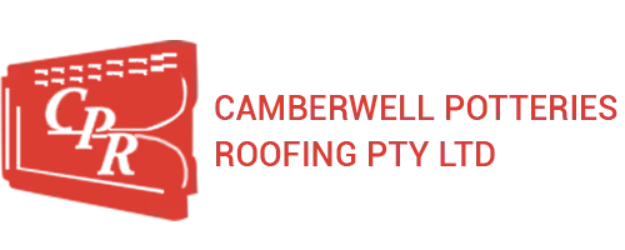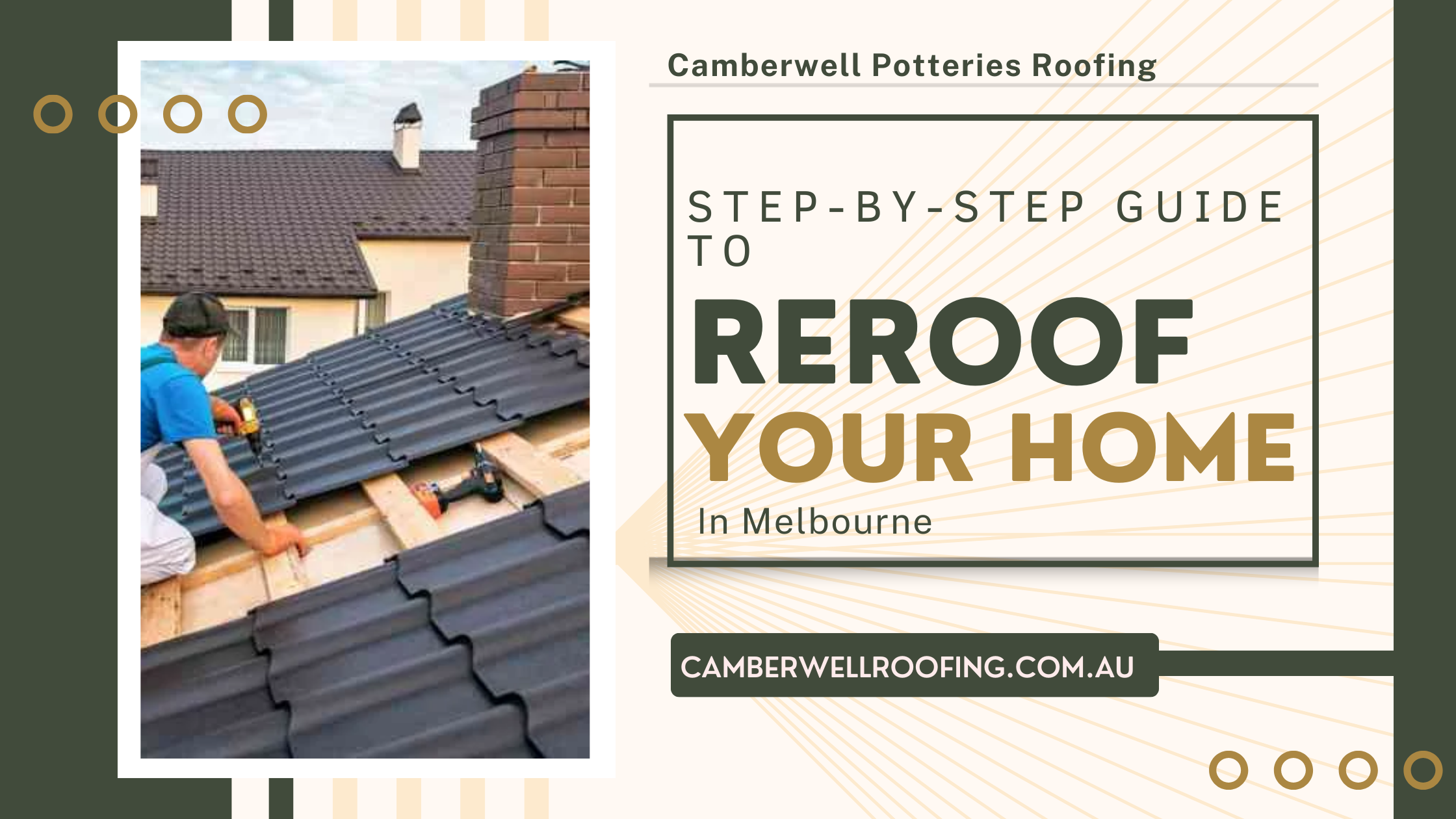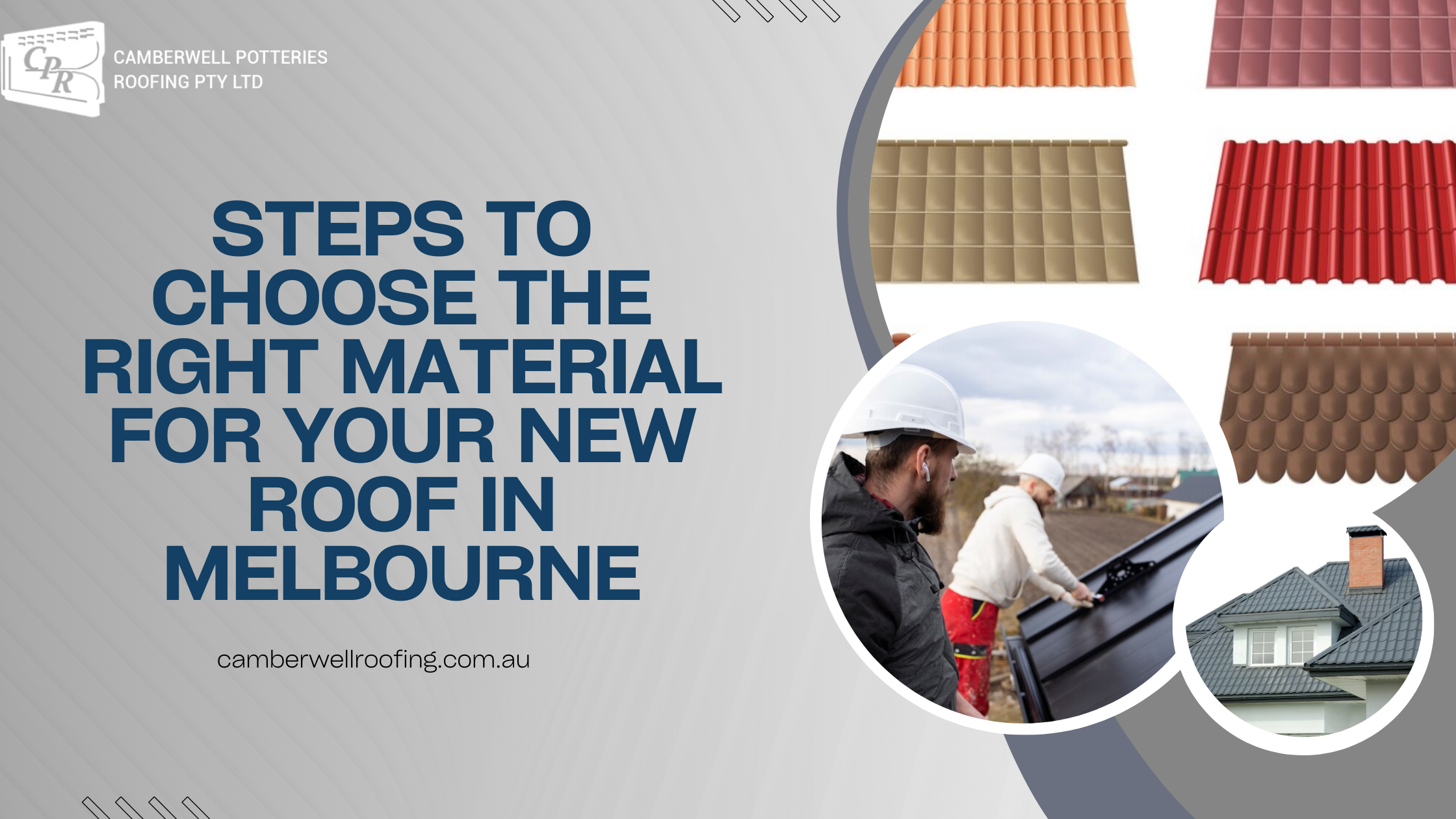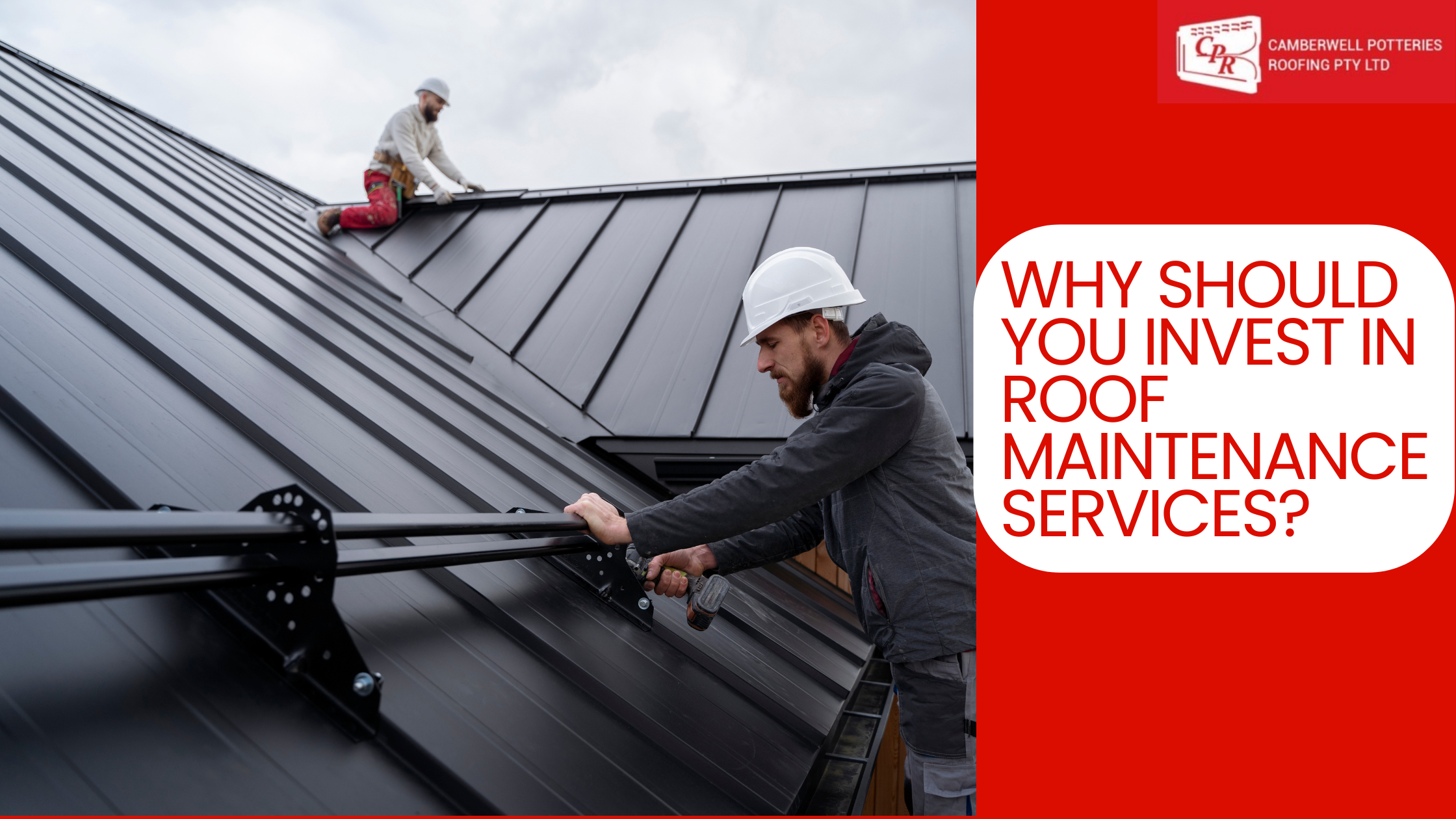Step-By-Step Guide to Reroof Your Home in Melbourne
The roof, one of your house’s vital components, should be appropriately installed to last for decades.
A well-designed New Roof Installation can protect your home, its residents, and its belongings from the external environment.
Although it’s one of the most durable parts of your house, you still need to deploy proper maintenance practices.
Sometimes, when the roof experiences minor damages, a quick fix is all it takes.
However, over time, your roof might suffer severe wear and tear and, thus, require more attention and work than a quick fix-up.
In such a case, professional roofers might recommend roof replacement or reroofing. Many homeowners opt for reroofing as the cost-effective alternative.
If you think your roof needs an update, keep reading to learn what makes new roof installation different from reroofing, essential reroofing accessories, and the steps involved in reroofing.
How is New Roof Installation Different from Reroofing?
Before learning how to reroof your home in Melbourne, let’s discuss how new roof installation differs from reroofing.
A complete roof replacement and new roof installation involves tearing off the existing tiles, fixing the underlying damage, and installing a new layer of tiles.
Although this roofing option is expensive, it offers long-term benefits, including enhancing the durability and appearance of the roof and improving your home’s energy efficiency.
On the other hand, reroofing is all about adding a layer of tiles on top of the old roof. This method is usually considered when your roof is in relatively good shape.
The plus point of reroofing is that it’s a more cost-effective option and takes less time to complete.
Enlisting Important Reroofing Accessories
Here are some essential roofing accessories that can be used for reroofing Melbourne. However, remember that not all reroofing projects might need all listed roofing accessories.
- Ice and rain shields: Ice and rain shields are installed to protect your roof and house against water infiltration caused by heavy rain and ice dams. These shields are usually made of rubberised asphalt material and provide the roof with a watertight seal. Ice and rain shields are used for homes in areas receiving more than average rainfall.
- Underlayment: A regular underlayment is made of synthetic material and provides additional protection against water infiltration. It prevents leaks, provides insulation to the roof, and acts as a barrier against moisture.
- Starter strip: A starter strip is used under the layer of tiles comprising a waterproof underlayment and battens disposed upon the underlayment. Installing it along the roof’s eaves can create a secure base for the first course of roof tiles during roof replacement Melbourne. It aids in preventing wind uplift and water infiltration while creating a clean, finished look along the edges of the roof.
- Cement and sealants: Cement and sealants are used to seal the edges and seams of roofing materials to prevent water from seeping. These are available in various colours to match the roofing material. Moreover, they can create a watertight seal around chimneys, vents, and other roof penetrations.
- Roofing tiles: You can find a variety of roofing tiles in different styles, patterns, sizes, shapes, and colours. A reroofing professional installs a layer of roofing tiles on the existing roof to maintain its durability and aesthetics. Terracotta and concrete tiles are your best choice when looking for durable roofing materials.
- Ventilation: Proper roof ventilation is crucial to remove moisture and heat from your attic, preventing roof insulation and deck damage. To enable proper ventilation, you can look for different roof vents, from solar to gable, ridge, or soffit vents.
Steps Involved in Reroofing Your Home
The following are seven simple steps to successful reroofing for your home in Melbourne:
- Inspecting the roof: The first step in reroofing Melbourne is to examine the roof, evaluate its condition, and determine the best solution. If your roof is extensively damaged, your roofers might suggest reroofing or replacement. When opting for reroofing, explain how you want your roof’s structure to appear to the contractor.
- Selecting the roofing materials: You can use various types of roofing materials to re-proof your house. However, many factors can influence your roofing materials choice, such as local weather conditions, your home’s structure, distance to the beach, and more. For instance, terracotta roof tiles are the best for a durable roof and to give it a natural, earthy look.
- Preparation work: Before tearing off the damaged layer of your roof, professional re-roofers do the required prep work. The prep work can include installing safety boards for a steep roof, protecting landscaping, moving outdoor furniture and pots, and more.
- Tearing off the roof: The next step is tearing the old roofing material down to the roof deck. In addition, re-roofers can remove other damaged roofing materials or repair them to eliminate any further issues with the new roofing.
- Installing underlayment: Once the re-roofers confirm that your roof deck is in good shape, they will install the underlayment. If you live in an area that receives heavy rainfall, consider installing ice and water shields on valleys and roof penetrations in addition to the underlayment.
- Installing roof flashings and tiles: After installing the roof underlayment, it’s time to install new roofing tiles. First, re-roofers install the starter strip and then the regular roofing tiles for a more durable and sturdier roof. In addition to roofing tiles, your contractor will also install roof flashings and a ventilation system.
- Cleaning up: Professional re-roofers usually clean up the roof after removing the old materials. In addition, they do the final cleanup after installing the new roofing materials. Cleaners remove the debris from the roof and use a magnetic roller to ensure no staples or nails are left behind.
Wrapping up it all!
You can fix your damaged or old roof by opting for reroofing or roof replacement Melbourne.
However, nowadays, almost every other homeowner seems to choose reroofing over roof replacement because the former is the cost-effective option.
If you think your damaged roof can be fixed with reroofing, knowing the necessary roofing materials and steps involved can help you make correct reroofing decisions and, thus, complete the project successfully.
Steps to Choose the Right Material for Your New Roof in Melbourne
Installing a roof is a significant investment; thus, choosing a suitable roofing material is essential.
It’s because the roofing material you choose can significantly impact the price of your new roof Melbourne, how long it will last, your home’s curb appeal, and much more.
But you might feel overwhelmed when choosing the best roofing material from so many options in the market. The best way to narrow down your choices is to consider factors like functionality, durability, performance, price, style, etc. of roofing materials.
In this article, you can go through some vital steps to choose the suitable roofing material for your new roof Melbourne.
Assess Climate and Weather Conditions
The first thing you should work on is assessing your area’s climate and weather conditions because they can play a major role in determining the perfect roofing material.
Consider Melbourne’s exposure to sunlight, wind intensity, average rainfall, and temperature extremes.
For instance, if you live in an area with scorching heat, consider opting for a clay roofing material such as terracotta during roofing restoration Melbourne due to its superior heat, fire resistance, and durability.
Understanding the local climate and weather conditions can aid in choosing a roofing material that can withstand environmental conditions and elements and safeguard your home effectively.
The Pitch of Your Roof
Another factor you should consider is the steepness of your new roof Melbourne, also known as roof pitch. Roof pitch can be described as the ratio calculated by the number of feet or inches it rises vertically for every 12 feet or inches it extends horizontally.
For example, a roof with a 5/12 pitch will be 5 feet or inches up for every 12 feet or inches out.
Homeowners should consider this factor during roofing restoration Melbourne because certain roof pitches work well with specific roofing materials.
If your roof is 2.5:12, it’s considered a low-pitch roof, and clay or terracotta tiles are ideal for such roof pitches.
Your Roofing Material Budget
No matter what roofing material you choose, installing a new roof or replacing the old one will be expensive. However, the preferred roofing material can still significantly impact the price.
Different roofing materials come with varying installation and maintenance costs. Determining how much you are willing to spend and understanding your budgetary constraints can help narrow your material choice.
You also need to consider the installation charges of roofers Melbourne.
For example, terracotta and concrete roofing materials tend to be expensive upfront. However, they offer superior durability and resistance against external elements and might require fewer repairs over time, making it a cost-effective option in the long run.
It’s advisable to assess your budget and weigh the roofing materials’ initial investment against their long-term advantages to make an informed decision.
Consider Aesthetics and Architectural Style
A new roof holds great power to impact your home’s curb appeal. The roofing material you shop for can determine how much it can boost your home’s aesthetics.
It is the reason for choosing the roofing material that complements your home’s architectural style and design.
You should consider the roofing material’s style, texture, colour, and shape and how it can harmonise with your home’s exterior. If you wish to add a natural, earthy elegance to your home, terracotta roof tiles are your best option.
This roofing material installed by professional roofers Melbourne will give your roof a textured and dimensional look.
Take some time to research different roofing materials and visualise how they would enhance your home’s overall design, aesthetics, and curb appeal.
Consider the Longevity and Durability of Your Roof
Durability and longevity are two crucial factors determining the return you can get from your investment in the roofing material.
Different roofing materials vary in terms of their lifespans and resistance to wear and tear.
For instance, concrete roof tiles are known for their exceptional durability and resistance and can last up to 50 years.
If you want more durability and longevity, consider using terracotta roof tiles, as they can last for about 75 years, the average lifespan of a human. You can consult reputed roofing contractors Melbourne to select the best roofing material.
You should assess your long-term goals for your home.
Consider Energy Efficiency
With the Australian government trying to develop an energy-efficient, sustainable built environment, energy efficiency is becoming an essential consideration for homeowners.
They are looking for energy-efficient roofing materials that can help regulate indoor temperatures, reduce the burden on mechanical HVAC systems, lower heating and cooling costs, and are more sustainable.
When it comes to your roof, take enough time to investigate the roofing materials’ energy efficiency ratings and sustainability features to make an environmentally conscious choice.
Consider the Warranty You Get on the Roofing Material
Roofs installed by roofing contractors melbourne come with two types of warranties – one on roofing materials and another on contractor’s workmanship.
The workmanship warranty depends on the roofing contractor you choose, but every roofing material offers a different type of warranty. B
Before buying any roofing material, always ask the manufacturer or supplier how much warranty that material provides.
It’s always best to pick the roofing material that offers the maximum warranty to make the most out of your investment.
Ask the Experts
Consult a roofer from a well-known roofing company Melbourne when in doubt as to which roofing material will be best for your roof.
These roofers can provide you with expert guidance based on your unique needs.
They usually first assess your roof’s condition and local climate to offer insights into the suitability of different materials for your roof.
In addition, you can ask them for estimates covering installation and maintenance costs for each shortlisted roofing material.
Summing up it all!
The construction of a reliable, comfortable, and durable home directly depends on the roof’s installation and arrangement.
You should approach the roof’s design, selection of materials, and performance responsibly and deliberately to protect your home from external elements. Choosing the suitable roofing material for your home is paramount and, thus, should involve careful consideration.
By following the above-discussed steps, you can make a rational decision that enhances your home’s protection, curb appeal, and value.
In addition, a reputed roofing company Melbourne can guide you in installing the best roofing material that can withstand extreme weather and render you a peace of mind for years.






